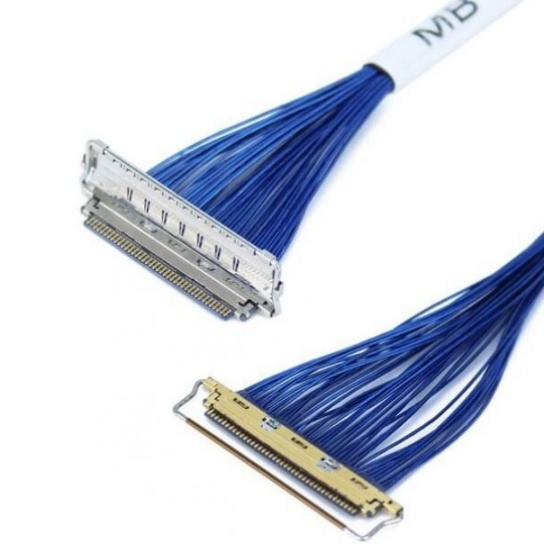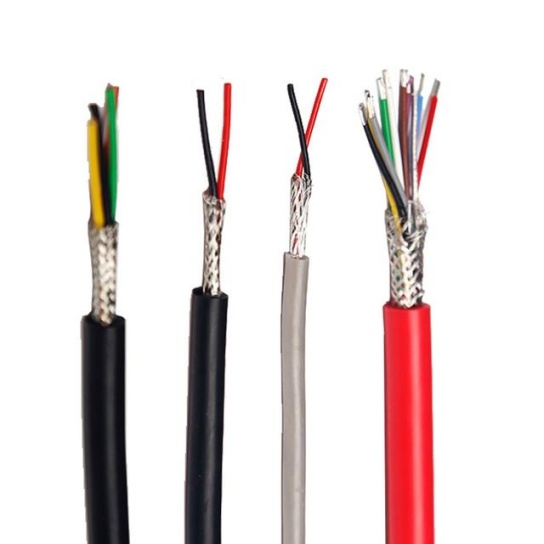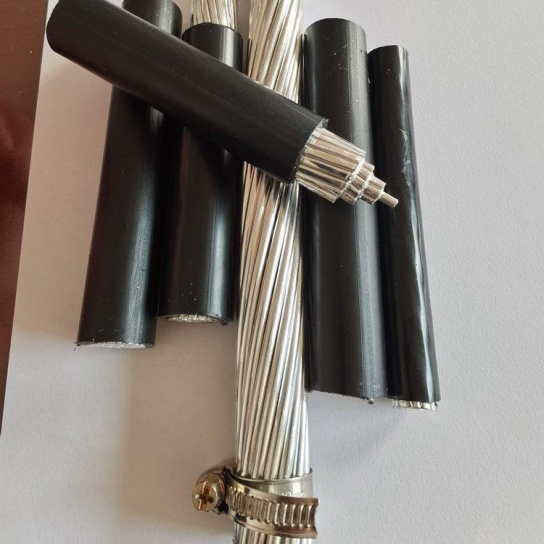AI-Optimized Aviation Cables Poised to Revolutionize Flight, Launching 2030
The future of aircraft wiring is intelligent. Aviation industry leaders are targeting 2030 for the commercial launch of AI-optimized aviation cables, a breakthrough poised to significantly enhance aircraft performance, safety, and efficiency. This next-generation wiring harness technology promises to be a cornerstone of smarter, more sustainable aviation.
Beyond the Wire: What Are AI-Optimized Aviation Cables?
These aren’t just cables with AI bolted on. Instead, AI-optimized aviation cables represent a fundamental shift in design, manufacturing, and integration:
- AI-Driven Design: Advanced algorithms analyze vast datasets of flight conditions, aircraft stress points, historical failure modes, and mission requirements to create optimal cable layouts. This minimizes weight, reduces electromagnetic interference (EMI), improves signal integrity, and enhances resilience to vibration, temperature extremes, and moisture.
- Predictive Performance Modeling: AI simulates how cable bundles will behave under every conceivable operational scenario long before physical prototypes exist. This identifies potential chafing points, thermal hotspots, or signal degradation issues during the virtual design phase.
- Smart Manufacturing & QC: AI oversees the manufacturing process, using computer vision for real-time defect detection (micro-cracks, insulation flaws, connector issues) far beyond human capability. Machine learning ensures consistent quality and optimizes material usage.
- Embedded Intelligence (Future Potential): While the initial 2030 launch focuses heavily on design and manufacturing optimization, future iterations could include integrated micro-sensors within cable bundles. This would enable real-time monitoring of cable health, temperature, strain, and electrical performance – feeding critical data to aircraft health management systems.
Why Aviation Needs This Innovation: Solving Critical Challenges
Current aircraft wiring, while reliable, faces growing challenges:
- Weight Penalty: Miles of cabling add significant weight, directly impacting fuel burn and emissions. AI optimization aims for drastic weight reduction through smarter routing and material choices.
- Maintenance Burden: Diagnosing and repairing wiring faults is notoriously difficult and time-consuming, leading to costly aircraft downtime. AI-optimized cables enable predictive maintenance, potentially identifying issues before they cause failures.
- Complexity & Integration: Modern aircraft feature exponentially more complex electrical and data systems. AI helps manage this complexity, ensuring robust integration and reducing the risk of system interference or failures.
- Enhanced Safety: By predicting failure points and enabling proactive maintenance, plus improving inherent design resilience, AI cables significantly boost overall aircraft safety margins.
- Performance & Efficiency: Reduced weight equals lower fuel consumption and emissions. Optimized signal flow ensures peak performance for critical avionics and flight control systems.
The Road to 2030: Development and Integration
The path to the 2030 launch involves intense collaboration:
- Material Science: Developing lighter, stronger, more durable insulating and conductive materials compatible with AI-driven design constraints.
- AI Platform Development: Creating robust, aviation-certified AI platforms capable of handling the complex simulations and optimizations required.
- Testing & Certification: Rigorous physical and laboratory testing, alongside simulation validation, is crucial. Meeting stringent FAA, EASA, and other global aviation safety certifications will be paramount. Expect extensive trials on test aircraft platforms before 2030.
- Industry Collaboration: Aircraft manufacturers (OEMs), wiring harness suppliers (like Safran, GKN Aerospace, TE Connectivity), material scientists, and AI specialists are actively partnering to bring this technology to fruition.
Leading Players and the Competitive Landscape
While specifics remain closely guarded, major aerospace players and specialized tech firms are investing heavily:
- Aerospace OEMs: Boeing and Airbus are integrating this thinking into future aircraft designs (successors to A320neo, 737 MAX families, next-gen narrow/widebodies).
- Wiring System Giants: Companies like Safran Electrical & Power, GKN Aerospace, and TE Connectivity are likely frontrunners in developing the physical cable systems and manufacturing expertise.
- AI/Software Specialists: Firms specializing in industrial AI, generative design, and predictive analytics software are crucial partners (e.g., companies within Siemens Digital Industries Software ecosystem, Ansys, Dassault Systèmes, or specialized aviation AI startups).
Impact on the Future of Flight
The launch of AI-optimized aviation cables in 2030 signifies more than just a component upgrade. It enables:
- Next-Generation Aircraft: Lighter, more efficient, and inherently safer platforms with greater system integration and reliability.
- Reduced Operating Costs: Savings from lower fuel consumption, reduced maintenance time/costs, and fewer flight delays or cancellations due to wiring issues.
- Sustainability Gains: Weight reduction directly translates to lower CO2 emissions per flight hour, supporting the industry’s net-zero goals.
- Foundational for Autonomy: Reliable, self-monitoring power and data infrastructure is essential for the progression towards more autonomous flight operations.
Conclusion: A Smart Takeoff Ahead
The 2030 launch of truly AI-optimized aviation cables marks a pivotal moment. This technology moves beyond incremental improvement, leveraging artificial intelligence fundamentally to reimagine the vascular system of modern aircraft. From drastically reducing weight and enabling predictive maintenance to enhancing overall aviation safety and performance, the benefits are profound. As development accelerates towards certification and integration into next-gen aircraft, AI-optimized wiring is set to become a critical enabler of a smarter, more efficient, and sustainable aviation future. Stay tuned as this transformative technology prepares for takeoff.






